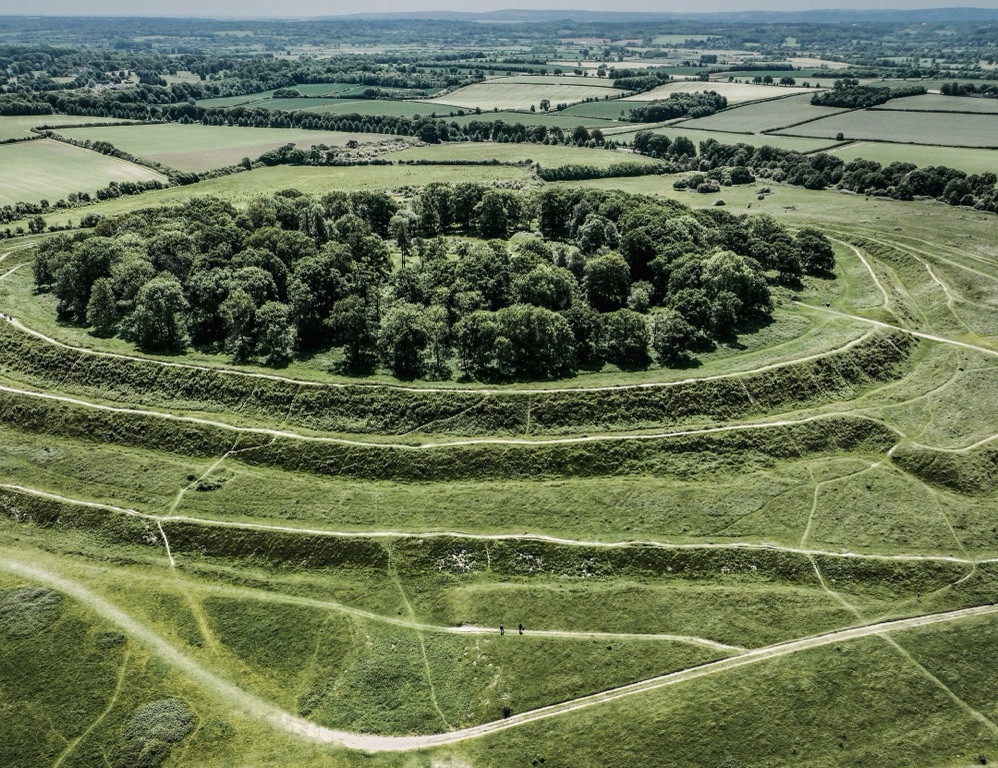Badbury Rings stands as a testament to Britain’s rich and layered history. This ancient hillfort in Dorset beckons history enthusiasts with its timeless allure. Believed to date back to the Iron Age, it is encircled by three concentric rings of banks and ditches. Nestled within the stunning landscape of the Dorset countryside, it offers visitors a picturesque view that merges natural beauty with historical significance.
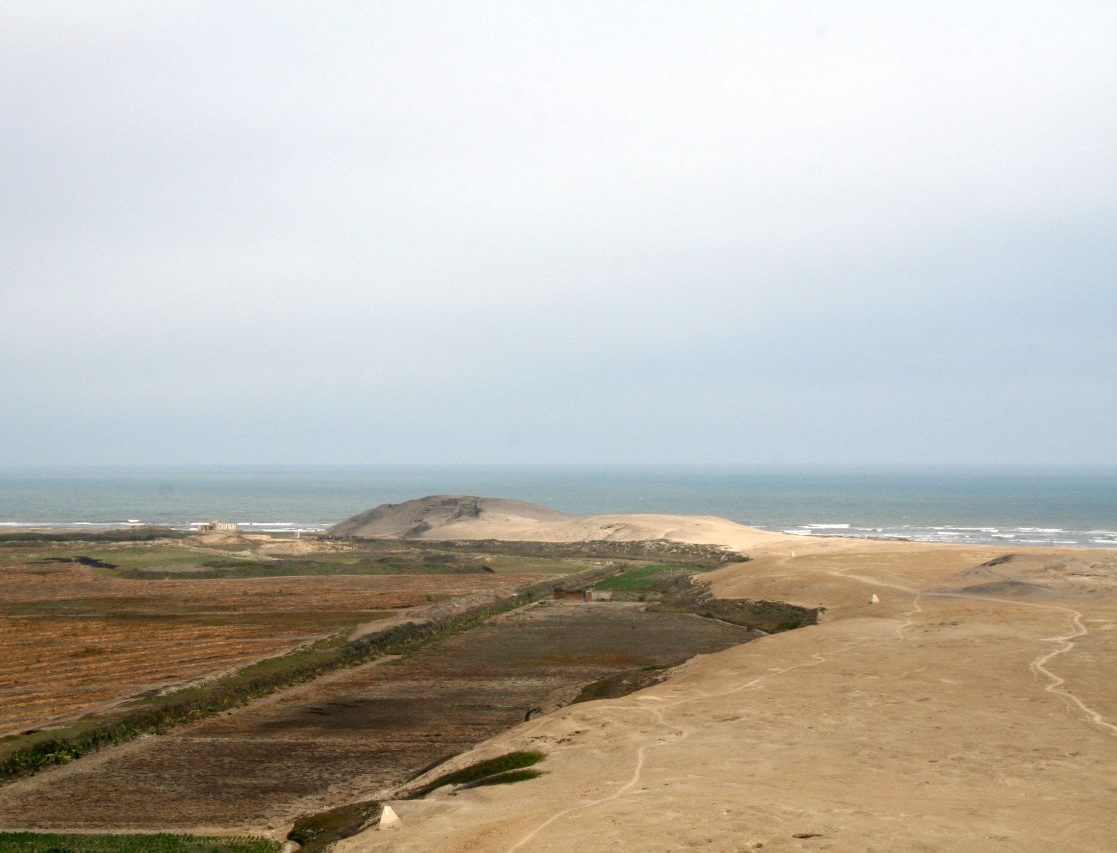
Huaca Prieta
Huaca Prieta stands as an awe-inspiring testament to ancient innovation and cultural richness. Located on the north coast of Peru, it beckons historians and travelers alike with its enigmatic presence. This site, dating back thousands of years, offers a captivating glimpse into the lives of some of the earliest inhabitants of the Americas. The monument’s layered history is etched within its walls, revealing the sophistication of societies long before the well-known Inca civilization.
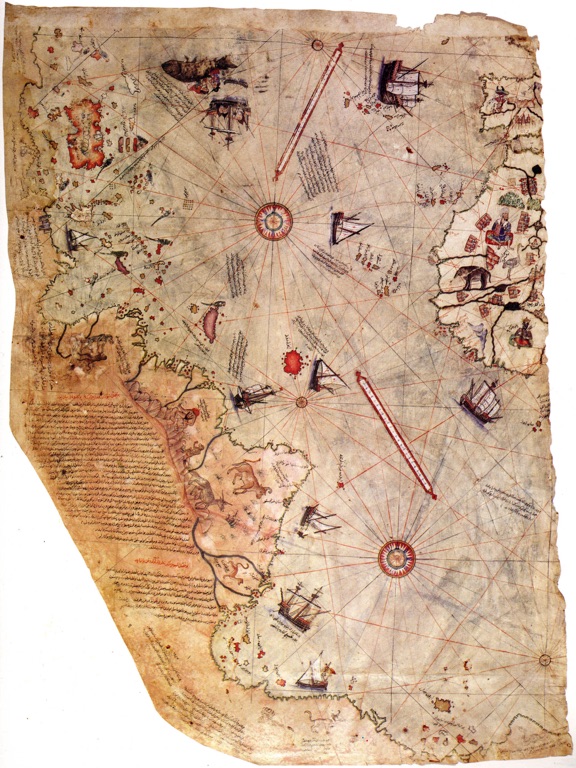
The Piri Reis map
The Piri Reis map, named after its creator, Ottoman Admiral Piri Reis, is a fascinating artifact from the early 16th century. It’s known for its unique depiction of the world, particularly the Americas, during a time when cartographic knowledge was limited. The map, drawn on gazelle skin parchment, has sparked intrigue and debate among historians and scholars due to its remarkable accuracy and the mystery surrounding its creation. The Piri Reis map was created in 1513, a time when the New World was still being explored. It’s believed that Piri Reis used a variety of sources, including maps from Columbus’s voyages, to compile his own map.
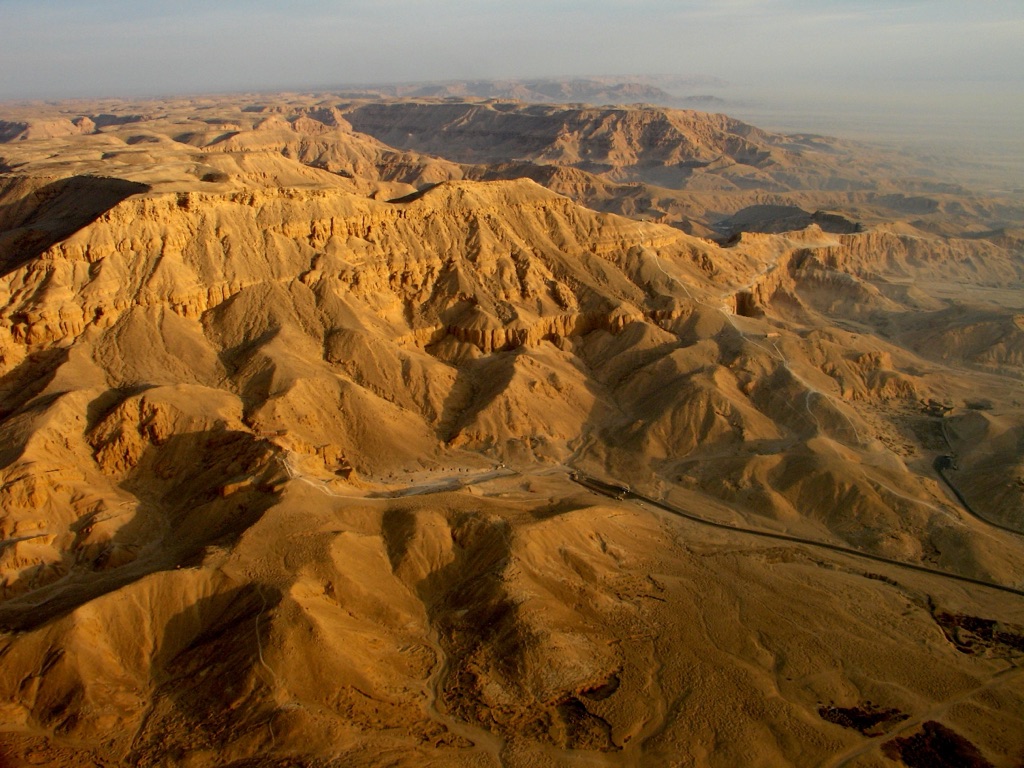
The Valley of the Queens
The Valley of the Queens is an important historical and archaeological site located near the ancient city of Thebes, now modern Luxor, in Egypt. It served as a burial ground for the wives and children of Pharaohs during the New Kingdom period (1550-1070 BC). The valley is home to more than 90 tombs, intricately decorated with religious and magical texts and scenes. The most famous tomb is that of Queen Nefertari, the wife of Ramesses II, renowned for its vibrant and well-preserved wall paintings.
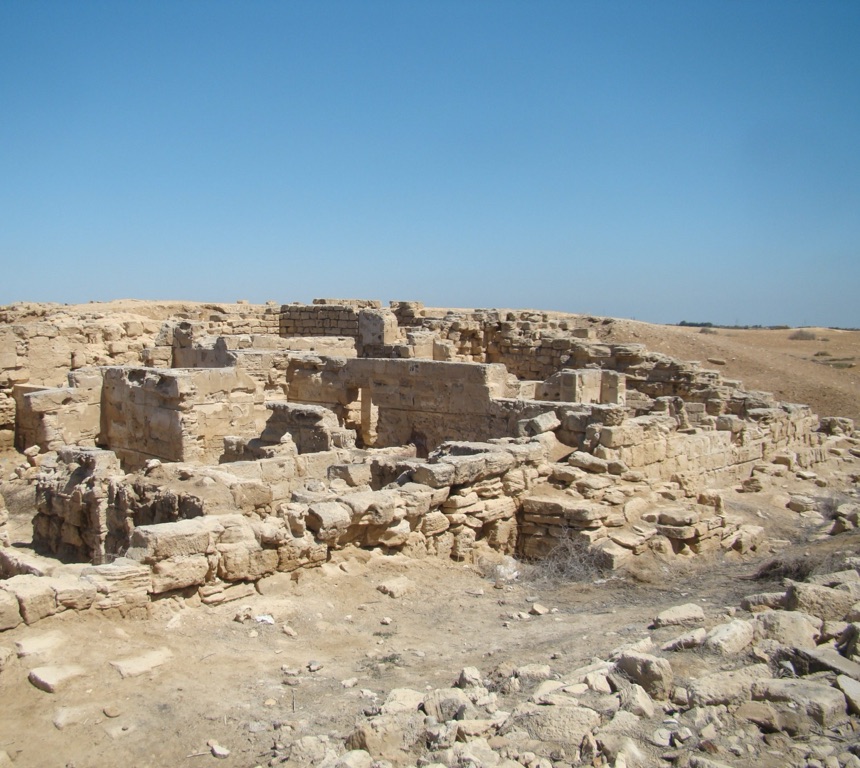
Abu Mena
Abu Mena is an ancient Christian holy city located in the desert of Egypt, approximately 45 kilometers southwest of Alexandria. The city was named after the martyr Saint Menas of Alexandria, who was a soldier in the Roman army and was executed for his Christian faith. The city became a place of pilgrimage after his death, with many people visiting to seek healing at the holy well. The city contains many archaeological structures, including a large basilica, an amphitheater, houses, workshops, and public baths.
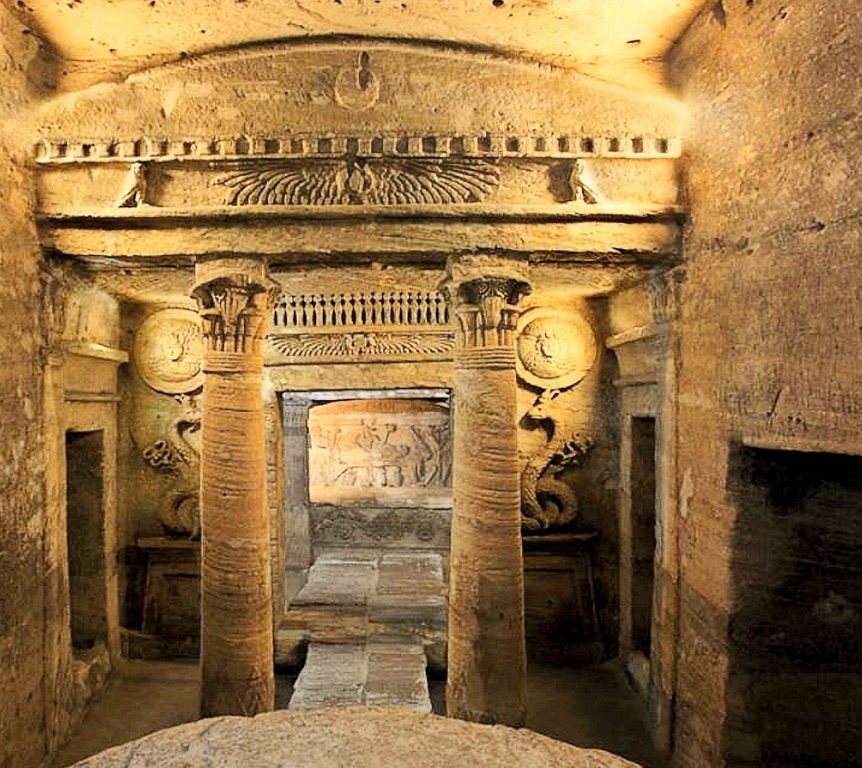
Catacombs of Kom el Shoqafa
The Catacombs of Kom el Shoqafa, located in Alexandria, Egypt, is a historical archaeological site considered one of the Seven Wonders of the Middle Ages. The necropolis consists of a series of Alexandrian tombs, statues, and archaeological objects of the Pharaonic funeral cult with Hellenistic and early Imperial Roman influences. The catacombs were likely used as a burial site from the 2nd century to the 4th century AD. The name ‘Kom el Shoqafa’ translates to ‘Mound of Shards’, referring to the heaps of pottery and terra cotta that were left by visitors who would eat food during their visit, then break their plates, as it was considered unlucky to take them back home.

